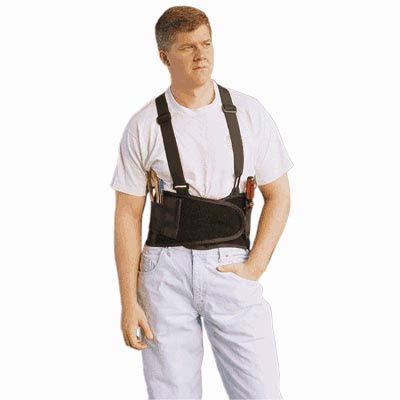Weight loss - Weighing in.
Weighing in on Weight Loss. There is much talk currently about regulating the diet/weight loss industry. I will leave that up to the reader to opine on the dangers, merits, and extent that Big Brother ought to protect the public from itself. However, as with many things in life, BUYER BEWARE. Keeping one's weight under control is important to promote a longer and healthier life. The number one indicator of adult onset disease is excess body weight. I refer you to http://drwaynecoghlan.blogspot.com/2008/10/losing-weight.html. Weight loss, however, is a very challenging thing for most people to manage and sustain. Many people are desperate to find a better answer and .... in a free society there are those entrepreneurs who will take advantage of persons vulnerable, if not desperate. BUYER BEWARE. I recall a review of weight loss centres and their long term effectiveness. The research supported that for people who did adhere to their program, they were successful in temporaril...
